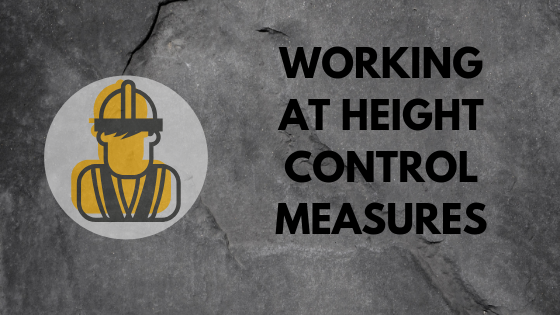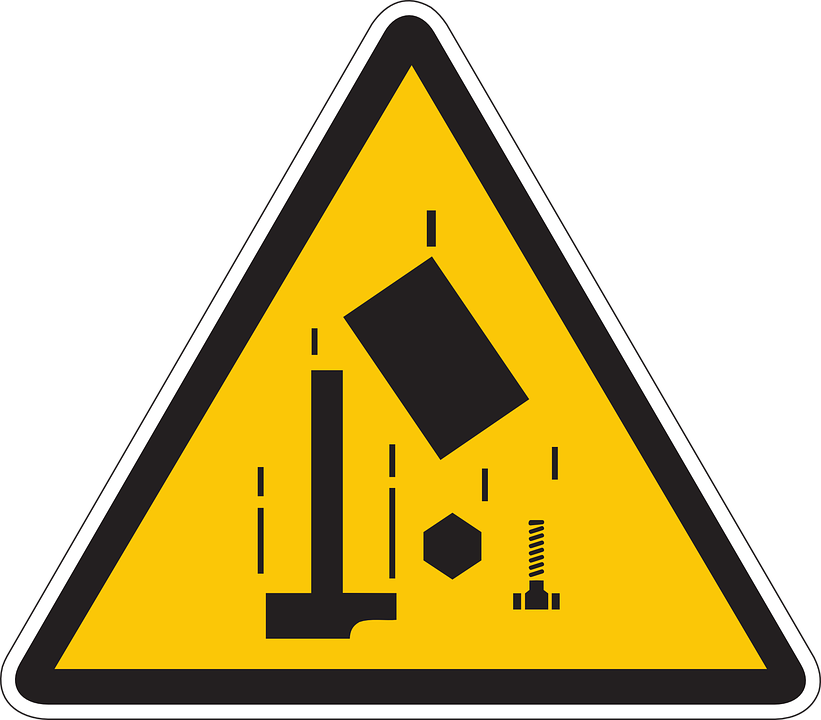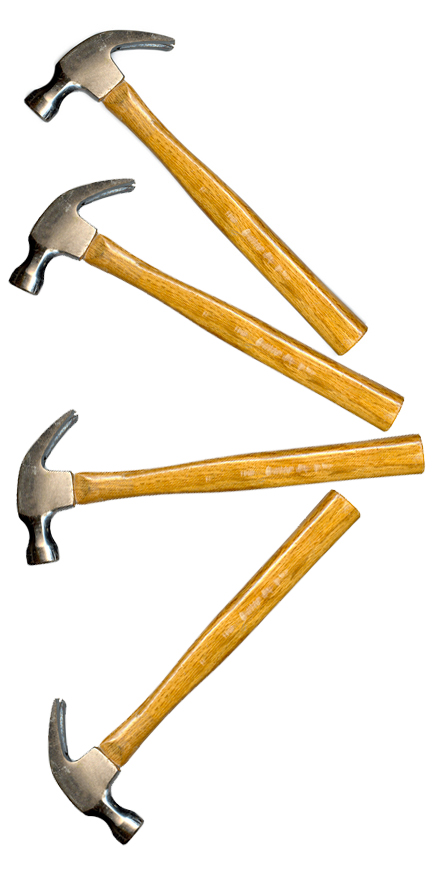
What Are Control Measures?
A control measure is any course of action taken with the intent of eliminating the risk of hazards, and reducing workers’ exposure to them.
The most effective control measure is one that completely eliminates the risk of a hazard. A good example would be replacing a work at height task with another task that is performed at ground level. This can be possible by using extendable tools. This way, window cleaners would be able to reach windows in higher levels, while avoiding additional safety risks.
There are instances when workers cannot avoid working at height, and the job cannot be completed from the ground or remotely. If this is the case, then the control measures must include setting the time that workers spend doing their task from height. Employers must also provide workers with appropriate training for the job, and make sure that they are equipped with PPE (Personal Protective Equipment) that are appropriate for their assigned tasks. Safety features like safety nets must also be set up.
The right solution will depend on the workers involved, the project, and other prevailing circumstances. An effective control measure today may no longer be applicable tomorrow. It may change over time. Thus, it is imperative that you review your risk assessments on a regular and ongoing basis.
Choosing the Appropriate Equipment for the Job
The rule of thumb is to pick passive and collective safety measure forms over personal forms like PPE or measures that are contingent on workers’ work behavior.
For instance, safety railings do not require any action from employees, except refraining from climbing over them. Safety nets will work, and it doesn’t matter whether or not an individual falling into the net is observing a set protocol.
When performing work tasks at height, it’s recommended the safety planner refer to the Hierarchy of Fall Protection. This hierarchy acts as an easy reference for what control measures look like in a fall protection setting, specifically.
There was a reported case of a worker who was cleaning extraction fans in a certain poultry facility. He fell from a height of 3 meters – from a roof that was unguarded. The worker sustained permanent spinal injuries. A safety harness or roof edge protection would have prevented the unfortunate incident or the worker might have sustained less severe injuries. There’s a lot of other safety measures that could have resulted to a better outcome if only they were observed.
When trying to prevent accidents, it is crucial to pick the right equipment for jobs at height. It is vital to have trained and competent personnel inspect all access equipment before and after every use.
When choosing access equipment, keep the following points in mind:
- What is the task’s risk level? The answer may determine the equipment type to choose.
- How much time does the worker need to complete the job? Tasks with a longer duration may necessitate different equipment. In general, employees should not be made to stay on a ladder longer than 30 minutes.
Reviewing Your Existing Control Measures
All working at height risk assessments must be reviewed on a regular basis. Changes must be made, whenever circumstances dictate. These include changes in the staff.
The risks that working at height poses are unique and different from other safety and health hazards. Each project you undertake will most likely pose a different set of risks. This is because each site is unique, and the issues you need to consider vary.
To illustrate, a routine maintenance job on a tall building, a roof repair job, and a barn renovation will present varying hazards. Thus, each job will require a different set of control measures.
A risk assessment is often more effective if feedback from the workers concerned are considered. Typically, a worker will raise practical inputs that employers may fail to consider. An employee may come up with sound recommendations that will help in formulating effective control measures.
Policies that are finalized with the collaboration of workers will be observed more compared to ones that are being imposed unilaterally or without consultation.



